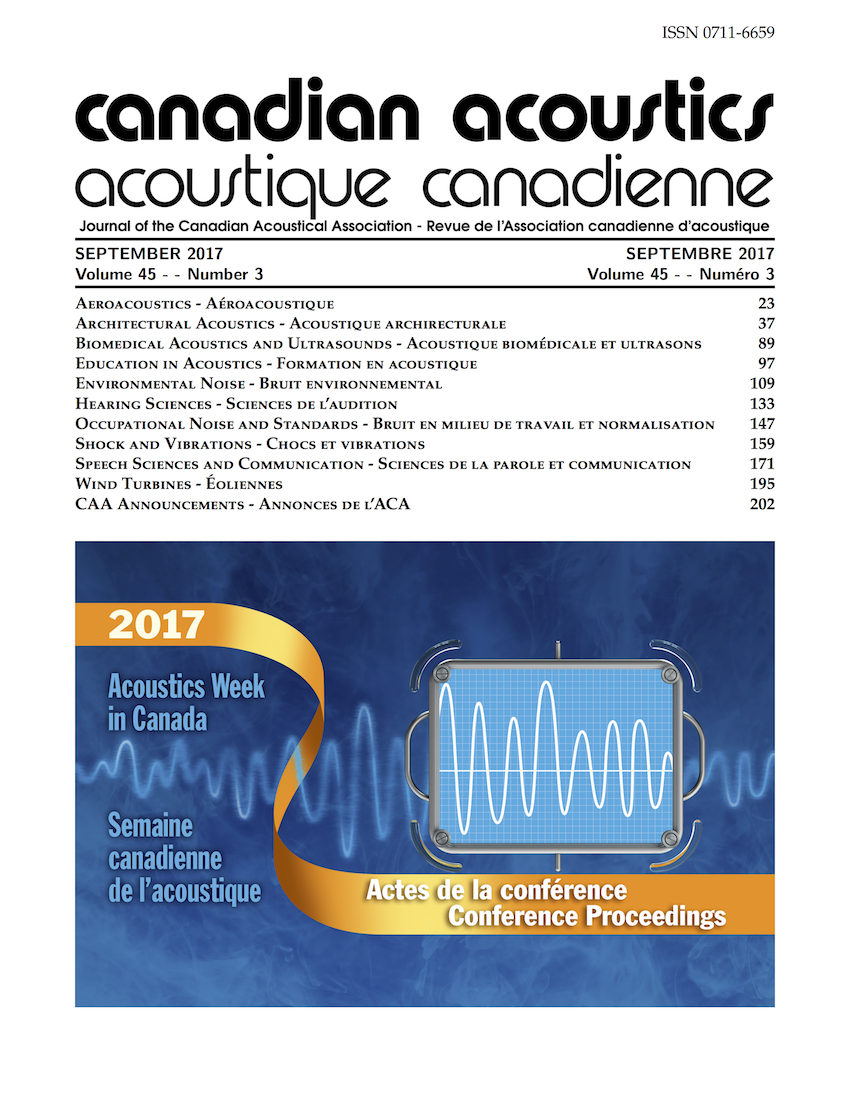Indie-Pop Voice: How a Pharyngeal/Retracted Articulatory Setting May Be Driving a New Singing Style
Abstract
Different genres of singing may be characterized in part by singers’ articulatory settings (Gick et al., 2004; Bateman,2003; Nair, Nair & Reishofer, 2016). Bateman (2003, p. 122), for example, notes that pop singing is often characterized by horizontal expansion and vertical compression of the lips, while jazz uses labial protrusion. The articulatory settings associated with a given singing style are known to have noticeable, systemic effects on the acoustics of the singer’s pronunciation (e.g. Ophaug, 2010).
Recently, a new singing quality has emerged, sometimes called “indie-pop voice” (e.g. Ugwu, 2015). Initial popular descriptions focused on characteristic vowel pronunciations and unusual front-rising diphthongs, usually before coronal consonants. Careful observation suggests that, while the details and degree of these characteristics vary from artist to artist, they have in common a pervasive pharyngeal voice quality. We consider the possibility that a distinctive articulatory setting is used by “indie-pop”singers, which may be responsible for the observed effects on sung pronunciation.
For the present study, we selected 8 contemporary pop artists, and took spectral measurements of the vowels from their successful songs, and from spoken interviews. Preliminary results reveal a high F1 across the “indie-pop" vowel space (particularily the front vowels), a strong correlate of pharyngealization. We also observed lower F2 in most vowels (particularily high-back), a correlate of retracted tongue-root (Aralova, 2011). Low-back vowels were exceptions to this, possibly because an articulatory setting with retracted tongue could be redundant with the low tongue position inherent to these vowels. Global tongue retraction may also explain the unusual diphthongs: the greater distance between the tongue’s vocalic position and a coronal target for the following consonant could lead to an audible transition.
Additional Files
Published
How to Cite
Issue
Section
License
Author Licensing Addendum
This Licensing Addendum ("Addendum") is entered into between the undersigned Author(s) and Canadian Acoustics journal published by the Canadian Acoustical Association (hereinafter referred to as the "Publisher"). The Author(s) and the Publisher agree as follows:
-
Retained Rights: The Author(s) retain(s) the following rights:
- The right to reproduce, distribute, and publicly display the Work on the Author's personal website or the website of the Author's institution.
- The right to use the Work in the Author's teaching activities and presentations.
- The right to include the Work in a compilation for the Author's personal use, not for sale.
-
Grant of License: The Author(s) grant(s) to the Publisher a worldwide exclusive license to publish, reproduce, distribute, and display the Work in Canadian Acoustics and any other formats and media deemed appropriate by the Publisher.
-
Attribution: The Publisher agrees to include proper attribution to the Author(s) in all publications and reproductions of the Work.
-
No Conflict: This Addendum is intended to be in harmony with, and not in conflict with, the terms and conditions of the original agreement entered into between the Author(s) and the Publisher.
-
Copyright Clause: Copyright on articles is held by the Author(s). The corresponding Author has the right to grant on behalf of all Authors and does grant on behalf of all Authors, a worldwide exclusive license to the Publisher and its licensees in perpetuity, in all forms, formats, and media (whether known now or created in the future), including but not limited to the rights to publish, reproduce, distribute, display, store, translate, create adaptations, reprints, include within collections, and create summaries, extracts, and/or abstracts of the Contribution.


